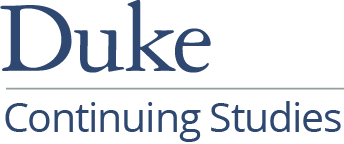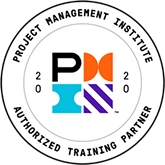Scrum Alliance Scrum Foundations
- Traditional Classroom: 1-day
- Virtual Instructor-led: Two 3-3.5 hour sessions; Three 2-hour sessions
This comprehensive workshop introduces participants to Scrum. This course covers content that the Scrum Alliance® requires to be covered before or during a foundational Scrum Alliance offering (CSM® and CSPO®). While every implementation of Scrum is different, and teams and organizations apply Scrum within their content, the fundamental framework always remains the same. This framework is what the course focuses on.
Certification candidates are expected to build a comprehensive body of knowledge of the Scrum framework, including its roles, events, and artifacts. Incorporating Scrum principles and practices takes diligence, patience, and a commitment to continuous improvement. Scrum is a framework, not a prescriptive methodology.
Target Audience
Individuals who will benefit from this workshop include executives, business sponsors, portfolio managers, program managers, product managers, project managers, project team leaders, project team members, project subject matter experts, project management office staff, and anyone interested in learning more about Scrum or those who plan to obtain the Scrum Alliance certifications of Certified ScrumMaster (CSM®) or Certified Scrum Product Owner (CSPO®).
Course Outline
Scrum Theory
- Describe how Scrum is aligned with the values and principles of the Manifesto for Agile Software Development.
- Define Scrum and describe its purpose.
- List the five core Scrum values.
- Define empirical process control and list the three pillars.
- Explain how product planning in an empirical environment differs from traditional fixed planning.
- Describe at least two benefits that could be lost if Scrum is only partially implemented.
- Describe the benefits of an iterative and incremental approach.
The Scrum Roles
- Illustrate how the Scrum Roles interact with each other to deliver the increment within a sprint.
- Define a cross-functional team and identify at least three benefits of a cross-functional, self-organizing team.
Scrum Events
- Explain at least three benefits of timeboxing.
- List the five events within Scrum, define the purpose of each event, and identify the participants, timing, and maximum recommended timebox.
Scrum Artifacts
- List the three artifacts within Scrum and define the purpose of each.
- Explain the definition of “ done,” its purpose, and how it evolves over time.
- Identify at least two reasons why the Scrum team dedicates time for product backlog refinement.
- List at least three activities that may occur as part of product backlog refinement.
MDV867 Course Code






